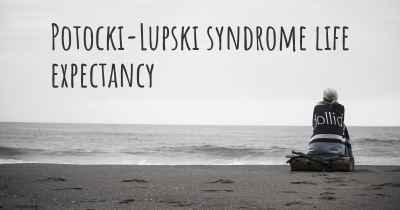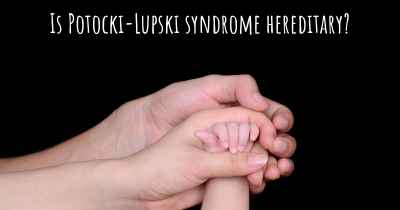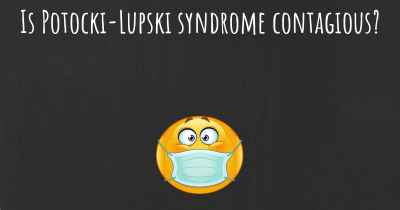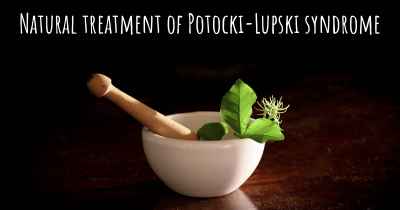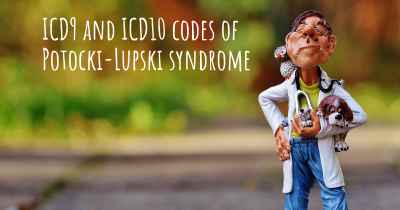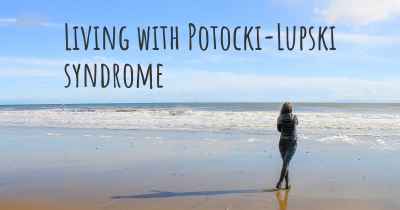Which are the causes of Potocki-Lupski syndrome?
See some of the causes of Potocki-Lupski syndrome according to people who have experience in Potocki-Lupski syndrome
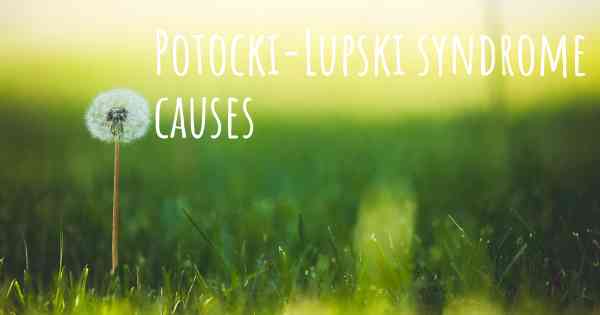
Potocki-Lupski syndrome (PTLS) is a rare genetic disorder that is characterized by a duplication of a specific region of DNA on chromosome 17. This condition is also known as duplication 17p11.2 syndrome, as it involves the duplication of the 17p11.2 region. PTLS was first described in 1996 by Dr. James R. Lupski and Dr. Paweł P. Potocki, who identified the genetic cause of the syndrome.
The primary cause of PTLS is a tandem duplication of a segment of DNA on chromosome 17. This duplication occurs when a specific region of the chromosome is copied and inserted into the same chromosome, resulting in an extra copy of the genetic material. The duplicated region contains several genes, including the RAI1 gene, which is believed to be the main contributor to the symptoms of PTLS.
RAI1 gene plays a crucial role in the development and function of the brain and nervous system. It is responsible for producing a protein that regulates the activity of other genes and is involved in various cellular processes. The duplication of the RAI1 gene in PTLS leads to an overexpression of this protein, which disrupts the normal functioning of the affected cells and contributes to the characteristic features of the syndrome.
PTLS is typically caused by a de novo mutation, meaning it arises spontaneously in an affected individual and is not inherited from their parents. The duplication of the 17p11.2 region can occur during the formation of reproductive cells (sperm or egg) or early in embryonic development. The exact mechanisms underlying the occurrence of these duplications are not fully understood, but they are thought to involve errors in DNA replication or recombination processes.
Although most cases of PTLS are sporadic, rare instances of familial inheritance have been reported. In these cases, one of the parents carries a balanced translocation, where a piece of chromosome 17 is rearranged but does not result in any symptoms. However, when the translocated chromosome is passed on to the child, it can lead to the duplication of the 17p11.2 region and the development of PTLS.
The symptoms of PTLS can vary widely among affected individuals, even within the same family. Common features include developmental delay, intellectual disability, autism spectrum disorder, speech and language difficulties, behavioral problems, hypotonia (low muscle tone), craniofacial abnormalities (such as a high forehead, prominent forehead, and a broad nasal bridge), sleep disturbances, and feeding difficulties.
Diagnosis of PTLS is typically based on clinical features and confirmed through genetic testing. Chromosomal microarray analysis (CMA) is the most common diagnostic tool used to detect the duplication of the 17p11.2 region. This test can identify the specific genetic changes associated with PTLS and differentiate it from other genetic disorders with similar symptoms.
Management of PTLS involves a multidisciplinary approach to address the various medical, developmental, and behavioral challenges faced by affected individuals. Early intervention programs, including physical therapy, occupational therapy, and speech therapy, can help improve motor skills, communication, and overall development. Behavioral interventions and educational support are also important in managing the behavioral and cognitive aspects of PTLS.
In conclusion, Potocki-Lupski syndrome is caused by a tandem duplication of the 17p11.2 region, primarily involving the RAI1 gene. The exact mechanisms leading to these duplications are not fully understood, but they are thought to occur spontaneously during reproductive cell formation or early embryonic development. While most cases are sporadic, rare instances of familial inheritance have been reported. The syndrome is characterized by a wide range of symptoms, including developmental delay, intellectual disability, autism spectrum disorder, speech and language difficulties, and craniofacial abnormalities. Diagnosis is typically made through genetic testing, and management involves a multidisciplinary approach to address the various challenges faced by affected individuals.
Posted May 2, 2017 by Julie Centeno 1425
